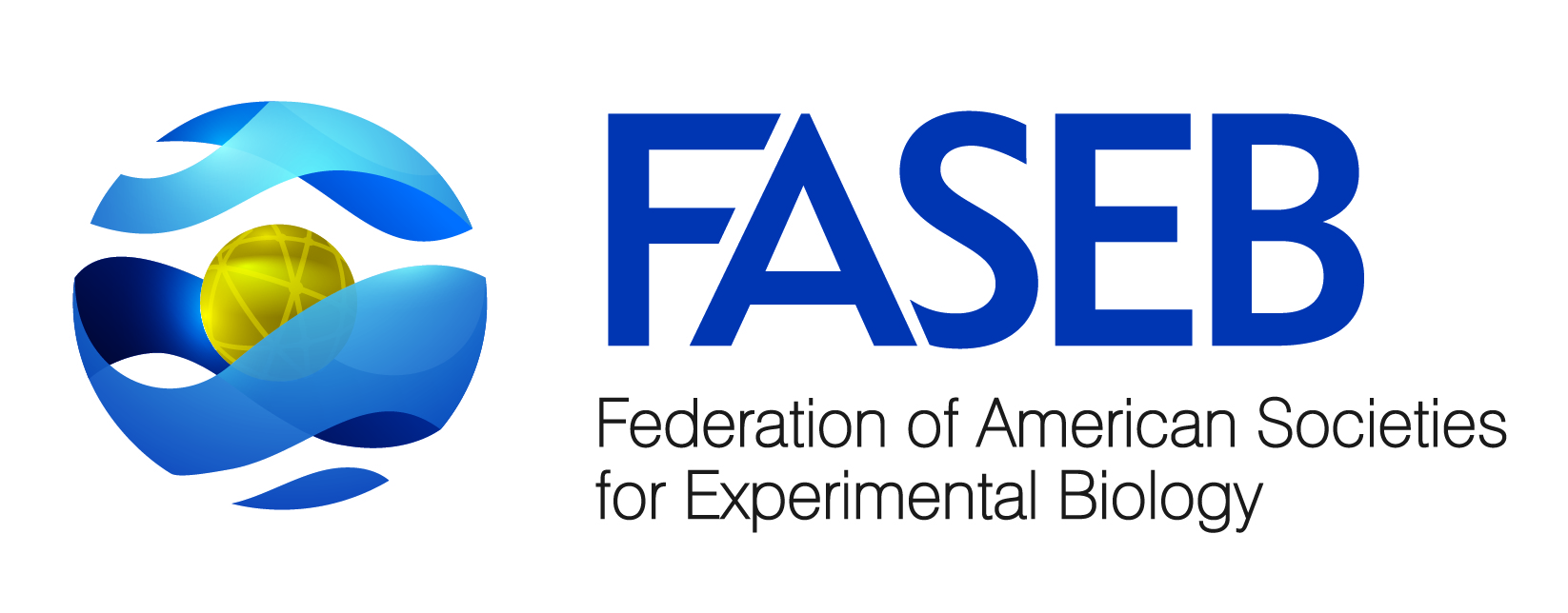Thematic program focuses on DNA replication, recombination and repair
Newswise — WASHINGTON, April 7, 2011 – DNA’s role as the master blueprint of the cell means that even small sequence changes can have catastrophic consequences. For this reason, much of our understanding of cancer development comes from studying how cells copy DNA and repair sequence errors--and how these processes can go wrong.
Next week, a thematic program at the American Society for Biochemistry and Molecular Biology’s annual meeting at the Experimental Biology 2011 conference in Washington, D.C., will bring together researchers from across the country to discuss recent developments in DNA replication, recombination, and repair, and the importance of these activities in cancer and gene therapy.
Theme organizers Marlene Belfort from the Wadsworth Center at the New York State Department of Health and Joann B. Sweasy from Yale Unversity have assembled a roster of experts who will present recent discoveries in how cells manage the process of copying DNA, adding and removing stretches of sequence in the genome, and the consequences of when mistakes occur.
Aberrant DNA Repair, Genomic Instability and Cancer: The first platform session will be held from 9:55 a.m. to 12:10 p.m. Sunday. Cells accumulate at least 20,000 DNA lesions a day that require repair to maintain healthy cellular function. Because maintaining a stable genome is crucial to preventing disease, research on aberrant DNA repair and other processes that alter DNA sequence are important aspects of understanding the development of cancer. This session will feature researchers from the University of Texas M.D. Anderson Cancer Center, Yale University and the Massachusetts Institute of Technology.
Site-Specific Recombination in Chromosome Dynamics and Gene Therapy: The second round of talks, to be held from 3:45 p.m. to 6 p.m. Monday, will focus on gene therapy, a promising area of research that is developing techniques to correct mutations as a means of preventing or treating disease. The three talks will feature researchers from the University of Texas at Austin, the University of Washington and the University of Pennsylvania describing specific applications currently under study for targeted gene correction and genome engineering.
Replication of Noncanonical DNA Sequences and Genomic Instability: The third platform session in the program, 9:55 a.m. to 12:15 p.m. Tuesday, will highlight research on noncanonical, or nonstandard, DNA structures that can destabilize DNA strands and lead to breakage and mutations. This session will present research on the mutation-causing effects of non-canonical DNA structures and the mechanisms cells use to copy DNA and repair damage to avoid mutations and cancer. Scientists from the Robert Wood Johnson School of Medicine, Yale University and the University of Texas M.D. Anderson Cancer Center will speak.
Retroelements in Genome Plasticity and Cancer: In the final round of talks, to be held from 1:45 p.m. to 4 p.m. Wednesday, three researchers will talk about retroelements, stretches of genetic sequence that can copy themselves and insert the copy in different places in the genome. The insertion of retroelements can lead to diverse outcomes, some beneficial and some lethal, and this session will cover both aspects. A researcher from the Cleveland Clinic will describe his studies on a retrovirus that may cause prostate cancer, and two scientists from the Wadsworth Center will talk about retrotransposons and their contrasting functions in genetic diversity and aging.
###
About Experimental Biology 2011Experimental Biology is an annual gathering of six scientific societies that this year is expected to draw 13,000-plus independent scientists and exhibitors. The American Society for Biochemistry and Molecular Biology (ASBMB) is a co-sponsor of the meeting, along with the American Association of Anatomists (AAA), American Physiological Society (APS), American Society for Investigative Pathology (ASIP), American Society for Nutrition (ASN) and the American Society for Pharmacology and Experimental Therapeutics (ASPET).
More information about EB2011 for the media can be found on the press page: http://experimentalbiology.org/content/PressInformation.aspx.
About the American Society for Biochemistry and Molecular BiologyThe ASBMB is a nonprofit scientific and educational organization with more than 12,000 members worldwide. Most members teach and conduct research at colleges and universities. Others conduct research in various government laboratories, at nonprofit research institutions and in industry. The Society’s student members attend undergraduate or graduate institutions. For more information about ASBMB, visit www.asbmb.org.
